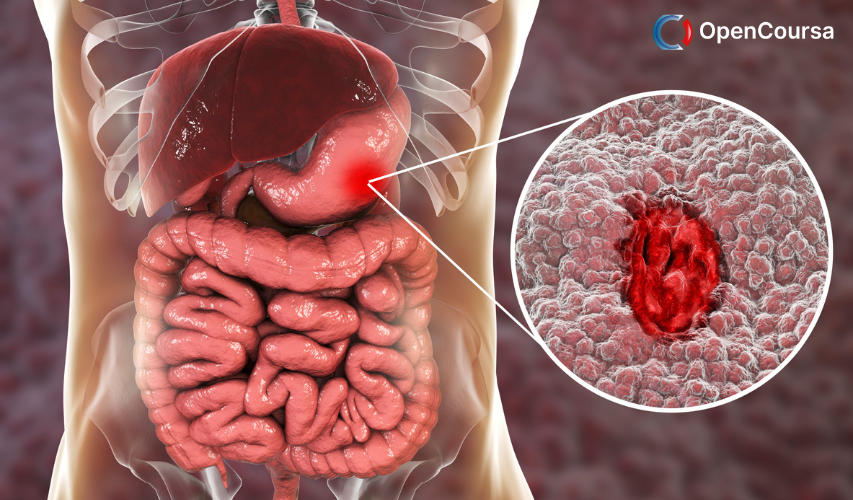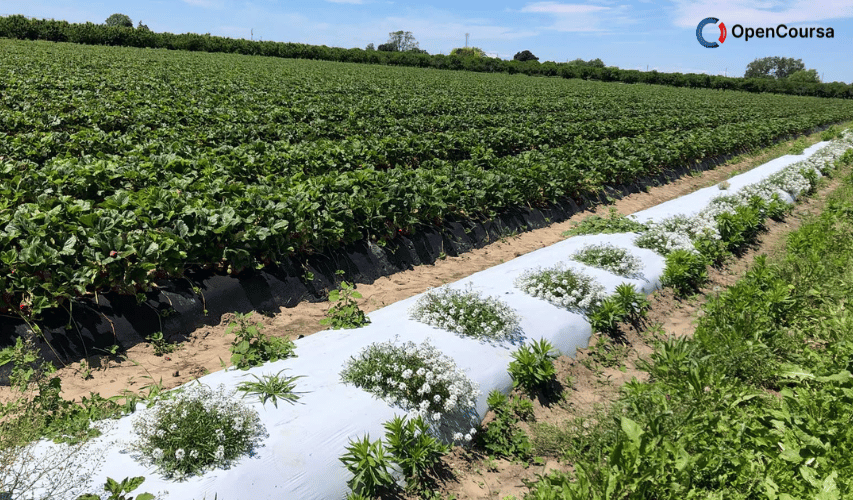Home » Course Layouts » Free Course Layout Udemy
Fundamentals of Epidemiology I is the first half of a course that introduces the basic concepts of epidemiology and biostatistics as applied to public health problems. Emphasis is placed on the principles and methods of epidemiologic investigation, appropriate summaries and displays of data, and the use of classical statistical approaches to describe the health of populations. Topics include the dynamic behaviour of disease; usage of rates, ratios and proportions; methods of direct and indirect adjustment, and clinical life table which measures and describes the extent of disease problems.
0
23
English
English [CC]
FREE
- Learn basic syntax that can apply to any language.
- Learn what is a programming language and the basic concepts for beginners.
- Understand what is Javascript in it's truest form.
- Know the basic syntax of Javascript.
- Know some hidden quirks in Javascript.
Description
Course Objectives
After completion of Fundamentals of Epidemiology I and II, students will be able to apply principles of epidemiology and biostatistics to the prevention of disease and the improvement of health. In order to achieve the course objectives, the student will:- Distinguish the roles and relationships between epidemiology and biostatistics in the prevention of disease and the improvement of health.
- Compute basic descriptive statistics and explore data analytic methods.
- Demonstrate a basic understanding of epidemiologic methods and study design.
- Combine appropriate epidemiological concepts and statistical methods.
- Perform exploratory data analysis using descriptive statistics.
- Evaluate morbidity and mortality using ratios, proportions, and rates.
- Perform direct and indirect methods of adjustment of overall rates.
- Construct clinical life table in epidemiologic studies.
- Recognize the assumptions associated with construction of a life table.
- Calculate probabilities and conditional probabilities of health-related events.
- Calculate sensitivity, specificity, and predictive values.
- Recognize and describe the elements in the design and conduct of a randomized clinical trial, a cohort study, a case-control study, and a cross-sectional study.
- Calculate measures of association in identifying risk factors of diseases.
- Calculate a chi-square statistic to test the significance of a measure of association and interpret it using probability concepts.
- Identify biases and their consequences in published literature.
- Describe criteria for characterizing the causality of associations.
- Recognize the presence of effect modifiers.
- Explain the use of epidemiology in the genetics application.
- Explain the use of epidemiology in the evaluation of the screening process.
- Describe the impact of epidemiology on national and local policy.
- Describe the influence of epidemiology on ethical and professional issues
Textbooks
Gordis, L. (2004). Epidemiology. Third edition. Philadelphia: Elsevier Saunders. (The second edition is also acceptable.) Pagano, M. and Gauvreau, K. (2000). Principles of Biostatistics. Belmont, CA: Wadsworth.| Session | Topic | Readings |
|---|---|---|
| Module Number 5: Epidemiologic Study Designs | ||
| 12 | Randomized Clinical Trials | Pagano and Gauvreau: Chapter 1 (pages 1-5)Gordis: Chapter 1 |
| 13 | Cohort Studies | Gordis: Chapter 2 |
| 14 | Case-Control Studies | Pagano & Gauvreau: Chapter 2 (pages 7-22) & Chapter 3 (pages 38-45) |
| 15 | Cross-Sectional Studies | Pagano & Gauvreau: Chapter 3 (pages 38-48) |
| Module 6: Estimating Risk and Interpretation of Data from Epidemiologic Studies | ||
| 16 | Measures of Association | Pagano & Gauvreau: Chapter 4 (pages 66-70) |
| 17 | Use of the Chi-Square Statistic | Gordis: Chapters 3 & 4 |
| 18 | Bias and Confounding | Pagano & Gauvreau: Chapter 4 (pages 70-89)Gordis: Chapter 4 (pages 60-65) |
| 19 | Causal Association | Content 3 |
| 20 | Interaction | Content 3 |
| Module 7: Applying Epidemiology to Evaluation and Roles of Genetics, Public Policy and Epidemiology | ||
| 21 | Applying Epidemiologic Methods to the Evaluation of Health Services | Gordis: Chapter 6 (pages 95-112)Pagano & Gauvreau: Chapter 21 (pages 488-510) |
| 22 | The Epidemiologic Approach to the Evaluation of Screening Programs | Gordis: Chapter 6 |
| 23 | Assessing the Roles of Genetic and Environmental Factors in Disease Causation | |
| 24 | Legal, Ethical, and Policy Aspects of Epidemiologic Investigations | |
Course content
-
- Lecture 1: Biostatistics and Epidemiology within the Paradigm of Public Health (Diener-West) 00:55:00
- Lecture 2: Epidemiologic Investigation (Kanchanaraksa) 03:00:00
- Lecture 3: Exploratory Data Analysis (Diener-West) 03:00:00
- Lecture 4: Tables and Graphs (Diener-West) 03:00:00
-
- Lecture 5: Summary Measures [Ratio, Proportion, Rate] (Diener-West) 00:55:00
- Lecture 6: Indices of Morbidity and Mortality (Kanchanaraksa) 03:00:00
- Lecture 7: Direct and Indirect Methods of Adjustment (Diener-West) 03:00:00
- Lecture 8: Life Tables (Diener-West) 02:30:00
- Lecture 9: Measures of Prognosis (Diener-West, Kanchanaraksa) 00:55:00
- Fundamentals of Epidemiology I Projects 2 days
N.A
- 5 stars0
- 4 stars0
- 3 stars0
- 2 stars0
- 1 stars0
No Reviews found for this course.
Instructor
OpenCoursa
Accessible Education for Everyone
5
5
6
24772
4637
We are an educational and skills marketplace to accommodate the needs of skills enhancement and free equal education across the globe to the millions. We are bringing courses and trainings every single day for our users. We welcome everyone woth all ages, all background to learn. There is so much available to learn and deliver to the people.
Explore Free Courses
Access valuable knowledge without any cost.
{"title":"","show_title":"0","post_type":"course","taxonomy":"course-cat","term":"engineering-skills,health-and-safety","post_ids":"","course_style":"free","featured_style":"course6","masonry":"","grid_columns":"clear4 col-md-3","column_width":"268","gutter":"30","grid_number":"4","infinite":"","pagination":"","grid_excerpt_length":"20","grid_link":"1","grid_search":"0","course_type":"","css_class":"","container_css":"","custom_css":""}










